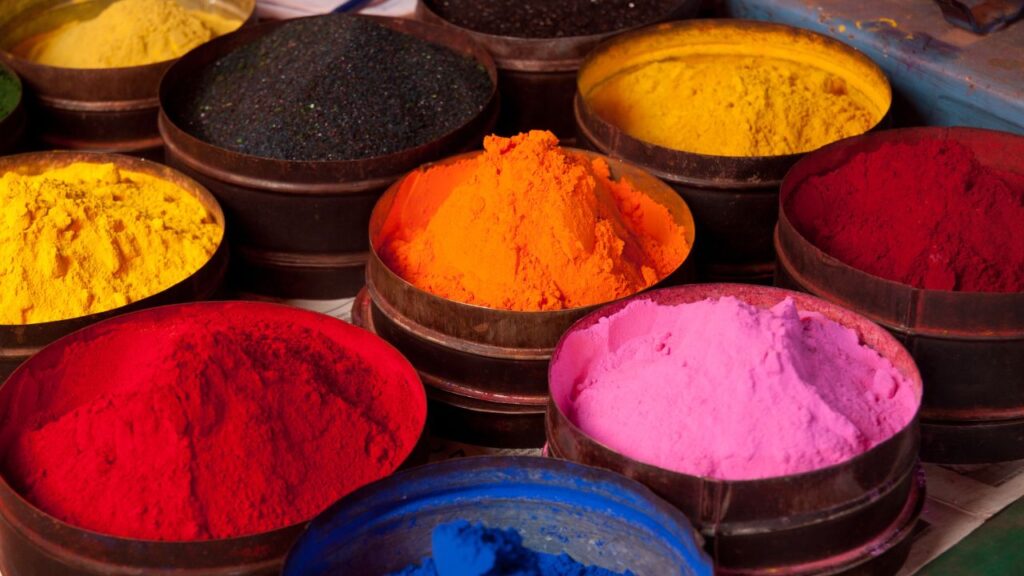In the world of textiles, plastics, detergents, and paper, one key additive stands out for its ability to enhance visual appeal: optical brightener. Often overlooked by consumers, these powerful agents play a critical role in modern manufacturing processes by making materials appear brighter, cleaner, and more vibrant. Despite being used in small quantities, their impact is visibly striking.
Optical brighteners, also known as fluorescent whitening agents (FWAs), are chemical compounds that absorb ultraviolet (UV) light and re-emit it as visible blue light. This effect reduces the yellowish tinge that naturally occurs in materials and enhances perceived whiteness or brightness.
The Chemistry Behind Brightening Effects
Optical brighteners work on a molecular level. When they are added to fabrics or other substrates, their molecules absorb UV light, particularly in the 340 to 370 nanometer range, and emit visible blue-violet light around 420 to 470 nanometers. This subtle shift compensates for any dullness or yellow hue present in the substrate, tricking the human eye into perceiving the material as cleaner and more radiant.
This fluorescence-based mechanism does not alter the physical structure of the material but instead enhances its visual brilliance under natural or UV-rich lighting conditions. It’s an elegant application of light science tailored for aesthetic improvement.
Wide Applications Across Industries
Optical brighteners are essential in multiple industries. In the textile industry, they are commonly used in the finishing process to make fabrics, especially whites, look crisper and brighter. Whether it’s cotton, polyester, or blends, these compounds are carefully selected based on the fiber type and intended use.
In the detergent industry, they are frequently found in laundry powders and liquid detergents. Even if clothes have dulled over time, the inclusion of optical brighteners in the wash cycle helps to restore their visual brilliance without the need for bleaching.
Paper manufacturing also benefits greatly from these agents. Office papers, printing sheets, and tissues are treated with brighteners to ensure they appear ultra-white. A similar role is played in plastics, where products like PVC, polystyrene, and polyethylene are treated to counteract aging and yellowing from UV exposure.
Types of Optical Brighteners
There are several classes of optical brighteners, each tailored for different substrates and environments:
-
Stilbene derivatives: Most commonly used in detergents and textiles.
-
Coumarins: Often applied in cosmetics and plastics.
-
Benzoxazoles and naphthalimides: Widely used in high-performance industrial materials.
-
Thiophenes and benzofurans: Known for their superior UV stability in outdoor plastics.
Each type is selected based on compatibility with the material, lightfastness, thermal stability, and environmental considerations.
Role in Textile Processing
In textile dyeing and finishing, optical brighteners are often added during the final rinse. This ensures even application and allows them to coat the fiber surface properly. Their inclusion boosts the market appeal of garments, especially those in the white and pastel range. Modern textile processors also use combinations of brighteners to achieve specific effects for designer apparel or premium fabrics.
Sardar Chemicals, for instance, supplies a comprehensive range of optical brighteners formulated for diverse textile needs, from brightening natural fibers like cotton to enhancing synthetics used in technical textiles.
Importance in Detergent Formulation
Today’s laundry detergents are not only about cleaning power but also about aesthetic maintenance. Optical brighteners allow washed clothes to look visibly newer by countering greying and dullness caused by repeated washing and exposure. The result is clothes that not only feel clean but also look fresh.
Formulators consider the stability of these brighteners in alkaline conditions, their resistance to fading, and their compatibility with other detergent ingredients. The combination must remain effective across wash temperatures and various water qualities.
Advantages of Using Optical Brighteners
The benefits of optical brighteners are both functional and aesthetic. Some of their key advantages include:
-
Enhanced visual brightness and whiteness
-
Improved product appeal without harsh chemical bleaching
-
UV resistance for plastic applications
-
Cost-effective enhancement in small quantities
-
No damage to material structure
They also play an indirect role in branding, as consumers often associate brighter and whiter fabrics with cleanliness and higher quality.
Environmental and Safety Aspects
Like many chemical additives, the use of optical brighteners must balance performance with environmental responsibility. Regulatory frameworks in different regions require that manufacturers consider biodegradability and aquatic toxicity. Many modern brighteners have been engineered to break down more easily and reduce long-term environmental impact.
Furthermore, occupational safety during production and formulation is a key consideration. When handled correctly, these compounds do not pose health risks to end-users or factory workers.
Innovations in Optical Brightener Technology
The market is constantly evolving with next-generation brighteners. These innovations aim for greater lightfastness, improved compatibility with eco-friendly fabrics, and reduced environmental footprint. Some newer compounds are developed with dual-emission properties, offering better performance across various substrates.
Advanced dispersion techniques and smart coatings now ensure deeper penetration into fibers and better adherence to synthetic materials, resulting in longer-lasting brightness even after multiple washes or exposures.
Market Trends and Growth Outlook
The demand for optical brighteners continues to grow in both emerging and established markets. Rising consumer expectations for cleaner, whiter products have made brighteners a must-have across textile and detergent industries. Additionally, the expansion of e-commerce in fashion and home care has amplified the need for visually appealing products that look perfect under studio lighting or camera flashes.
With increasing awareness of product quality, manufacturers like Sardar Chemicals are continuously adapting their product lines to meet global demand while staying compliant with evolving safety standards.
Choosing the Right Optical Brightener
Selecting the ideal optical brightener depends on several factors, including substrate compatibility, processing method, desired brightness level, and end-use conditions. For textiles, water solubility and fiber affinity matter most. For plastics, thermal resistance and light stability are more important.
Technical expertise and supplier support can significantly ease the selection process. Reliable suppliers offer not just the product but also technical consultancy, application guidance, and customized solutions, factors that contribute to long-term product performance.
Final Thoughts
Optical brighteners may be invisible to the naked eye in raw form, but their contribution to product appearance is unmistakable. Whether you’re holding a crisp white shirt, printing on ultra-white paper, or admiring vibrant packaging, optical brighteners are silently enhancing your visual experience. Their role is foundational in bridging science and aesthetics across numerous industries.
For businesses aiming to deliver higher product value and consumer appeal, integrating the right optical brightener solution is a smart and subtle advantage. And for suppliers like Sardar Chemicals, it’s about providing tailored excellence backed by innovation and reliability.
- Enhancing Material Appearance with Optical Brighteners
- Hence we believe in only manufacturing AZO free dyes, direct dyes and Aniline free dye.We provide numbers of dyes like, textile dyes, leather dyes, reactive dyes and optical brightener.
- Optical Brightener, Optical Brighteners,
Related posts:
 Discover the Best Fence Installation Services in Omaha with Huskins Services LLC
Discover the Best Fence Installation Services in Omaha with Huskins Services LLC
 Summer Solstice Party Ideas & Activities for a Magical Celebration | BizzCrave
Summer Solstice Party Ideas & Activities for a Magical Celebration | BizzCrave
 At the Time of Booking: What to Keep in Mind During a Medical Emergency
At the Time of Booking: What to Keep in Mind During a Medical Emergency
 Streamline Your Business with an Automated Employee Payroll System
Streamline Your Business with an Automated Employee Payroll System
 Nutrition and Wellness Programs in Assisted Living Communities in Oakville
Nutrition and Wellness Programs in Assisted Living Communities in Oakville
 Web Design Agency Netherlands: Elevate Your Online Presence with Creative Excellence
Web Design Agency Netherlands: Elevate Your Online Presence with Creative Excellence
 Comprehensive Seed Industry Analysis: Trends & Market Insights
Comprehensive Seed Industry Analysis: Trends & Market Insights
 Lightning-Quick Printing: Same Day Custom Long Sleeve Shirt Printing London
Lightning-Quick Printing: Same Day Custom Long Sleeve Shirt Printing London







